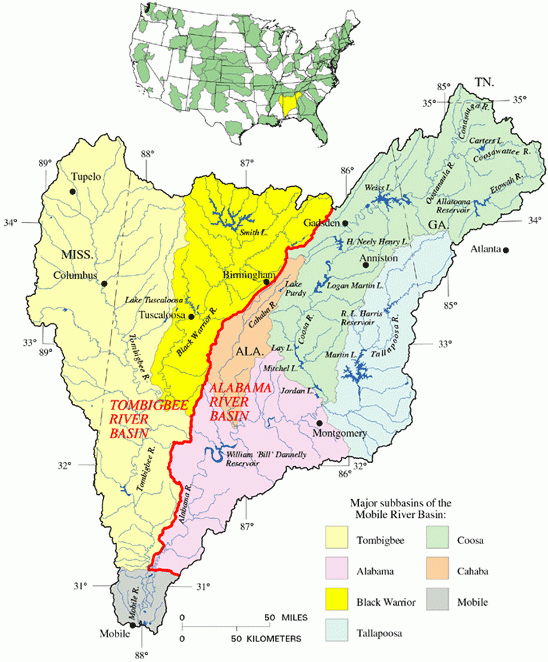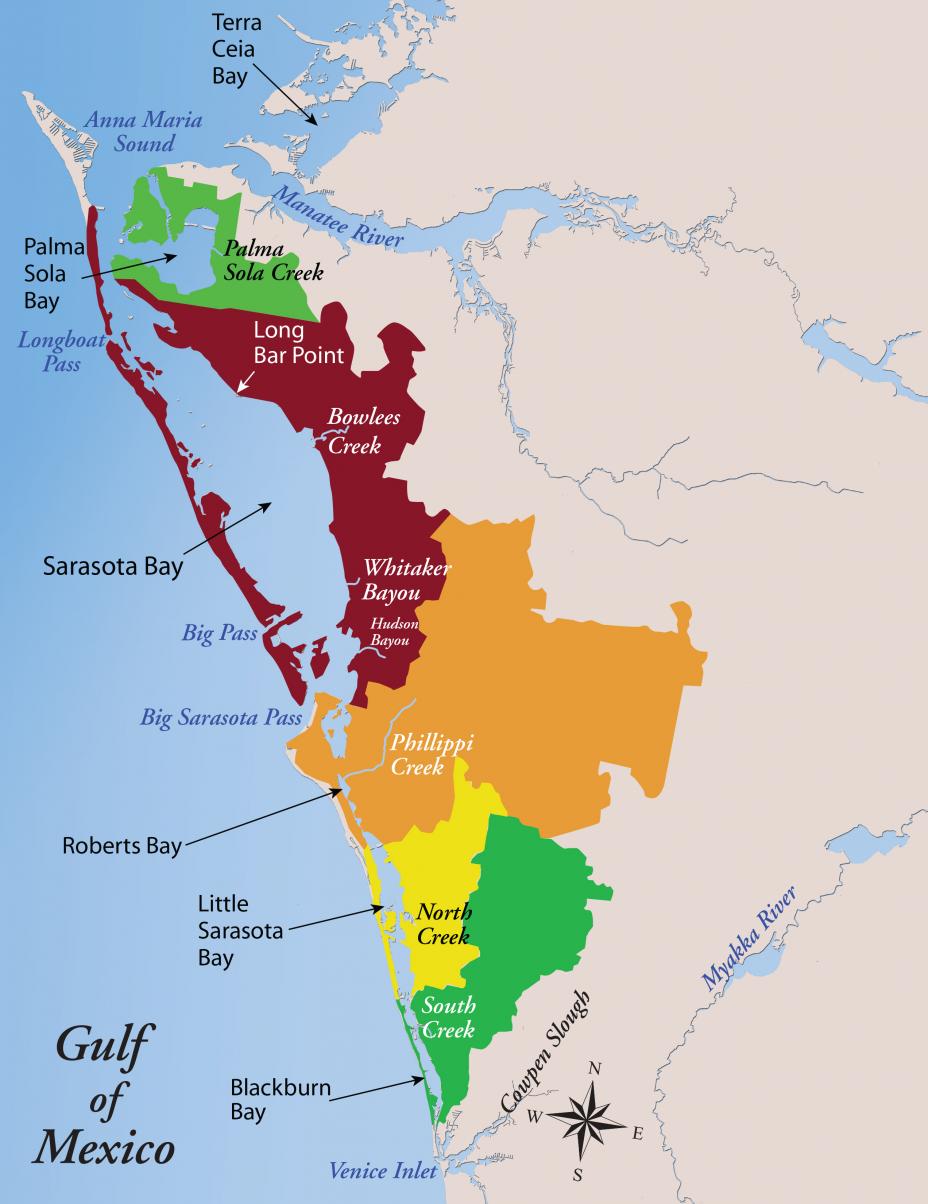Browsing:
Lowry Park Zoo and also the Gulf Program have joined right into a cooperative agreement as well as other partners for example Hillsborough County and also the Tampa Bay Estuary to build up a water resource master arrange for the zoo to lessen nutrients. In the region all around the zoo, there’s a good amount of nutrients being deposited in to the watershed. Among the reasons for excess nutrients may be the deferred upkeep of area residential septic tanks systems, which leads to toxic water.
Through this cooperative agreement, Lowry Park Zoo will build up an expert intend to profit the zoo in succeeding as a self-contained site. The aim of the program would be to reduce the quantity of wastewater being discharged into Hamilton Creek, a tributary towards the Hillsborough River that discharges into Tampa Bay.
Characterizing and Addressing Contamination from Septic System Effluent within the Lower Black Warrior River Watershed
 Black Warrior River Basin Map Thanks to U.S. Army Corps of Engineers, Mobile DistrictThe College of Alabama’s Department of Civil, Construction and Ecological Engineering and also the GMP brings together five major stakeholders to characterize and address among the great ecological and public health challenges in rural Alabama. The soil and geological conditions and economic realities from the Lower Black Warrior River watershed, allow it to be very hard for the whole process of onsite wastewater treatment systems, for example residential septic system systems.
Black Warrior River Basin Map Thanks to U.S. Army Corps of Engineers, Mobile DistrictThe College of Alabama’s Department of Civil, Construction and Ecological Engineering and also the GMP brings together five major stakeholders to characterize and address among the great ecological and public health challenges in rural Alabama. The soil and geological conditions and economic realities from the Lower Black Warrior River watershed, allow it to be very hard for the whole process of onsite wastewater treatment systems, for example residential septic system systems.
Poorly treated or untreated residential wastewater is really a serious problem and helps to create a danger for the local and regional water sources and most importantly, towards the overall public health from the community. Even though this concern is broadly acknowledged, the scope from the adverse impacts, the geographic regions of the finest threats, and also the practicality and effectiveness of possible solutions haven’t been adequately addressed. Additionally, the possible lack of affordable and safe sanitation choices for the rural economically disadvantaged results in a major ecological justice issue.
The objectives of the project will be to:
- characterize the mobility of septic system effluent in sites associated with the soil and geological conditions within the Lower Black Warrior River watershed
- begin using these leads to find out the places where septic systems are likely to affect water physiques
- implement a highly effective program to teach, encourage and promote homeowners with septic systems near these water physiques to handle timely pumping-out and maintenance on their own systems
- set up a committee of stakeholders and researchers to judge and set of the practicality of connecting more communities to public sewers or creating small decentralized community-scale wastewater treatment solutions
North Water Tower Park Community Restoration and Education Initiative
 Sarasota Bay Estuary Program (SBEP) and also the Gulf Program (GMP) are partnering to carry on addressing the problem of stormwater like a major pollutant in the North Water Tower Park (NWTP), that is a 20-acre park situated in North Sarasota, Florida. Management of this stormwater is essential to protecting the neighborhood water body and restoring places that it’s caused adverse ecological impacts.
Sarasota Bay Estuary Program (SBEP) and also the Gulf Program (GMP) are partnering to carry on addressing the problem of stormwater like a major pollutant in the North Water Tower Park (NWTP), that is a 20-acre park situated in North Sarasota, Florida. Management of this stormwater is essential to protecting the neighborhood water body and restoring places that it’s caused adverse ecological impacts.
Presently, the stormwater draining in the North Trail and adjacent qualities is routed with an undersized pipe to some canal. After that, the stormwater flows into Whitaker Bayou, that is a major tidal tributary into Sarasota Bay. At the moment, there’s hardly any retention here we are at the stormwater to soak in to the ground.
This project will physically redesign many places to become improved “Low Impact Design” that will better support the stormwater inside a advantageous way. Bioswales, that are storm runoff conveyance systems that offer an alternative choice to storm sewers, is going to be designed and grown with native plant life. By coming back the land surface to some more natural setting using the bioswales, natural connectivity will improve habitat and supply better and safer access for that neighborhood.
Resourse: https://environmental protection agency.gov/gulfofmexico/

